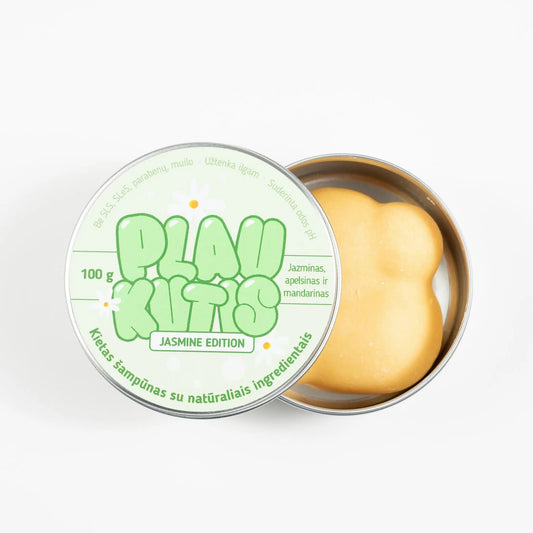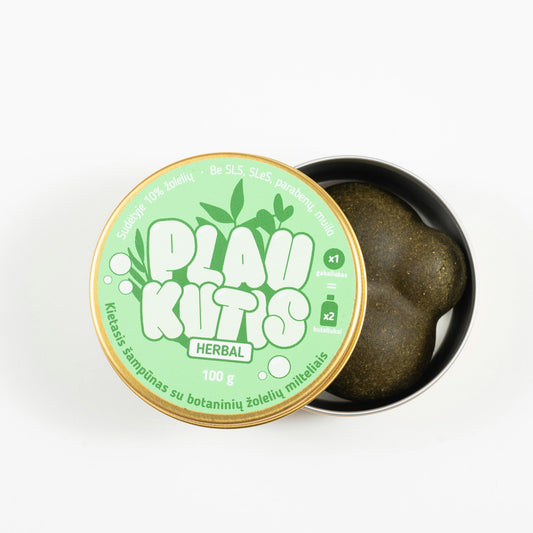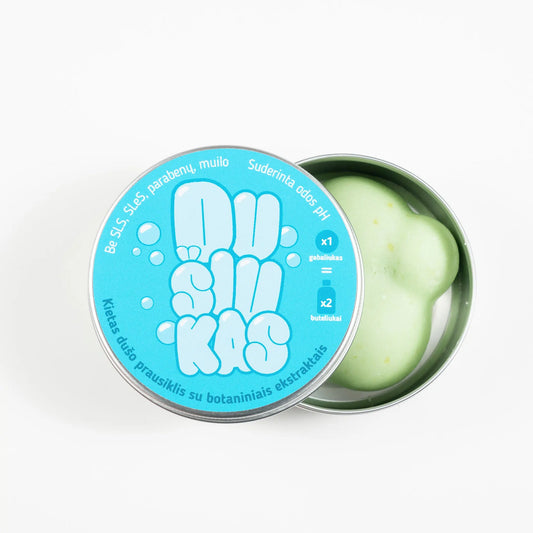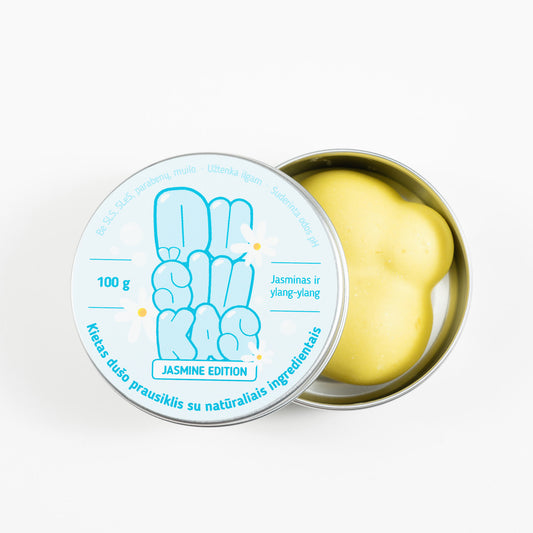I. Introduction to Hair Care by Hair Type
The Importance of Hair Care According to Hair Type
Hair is one of the most defining features of a person’s appearance, and taking care of it is important not only for its appearance, but also for its overall health. The average person has around 100,000-150,000 strands of hair on their head, each with its own specific needs. With so many products and techniques available, it’s easy to get confused about what works best for your hair. That’s why it’s important to understand your hair type. Taking care of your hair type isn’t just a luxury – it’s a necessity for healthy, shiny hair.
Each hair type has unique characteristics, including texture, thickness, and curl pattern, which greatly influence how your hair responds to products, humidity, and various styling techniques. For example, a product that works well for straight hair may leave curly hair feeling dry and unmanageable. Similarly, what works well for curly hair may over-weight wavy hair, making it look greasy or lifeless. Understanding your hair type is the first step to creating an effective hair care routine that enhances your natural beauty, not works against it.
Understanding your hair type allows you to choose the right products, such as shampoos, conditioners, and styling products, that work with your hair’s natural tendency, rather than against it. It also helps you create a personalized hair care routine that meets your specific hair needs, whether it’s combating dryness, adding volume, or enhancing curls. Ultimately, this customized approach saves you time, money, and frustration, allowing you to enjoy healthy, beautiful hair.

Hair Types Overview
Hair types are generally divided into four main groups: Straight, Wavy, Curly, and Kinky. Each of these types has subcategories that further define the hair texture and curl pattern. Understanding these categories is very important as it helps you determine the most appropriate hair care methods and products for your hair.
Fun fact: The average person has about 100,000-150,000 strands of hair on their head. Each of these strands has specific characteristics and needs depending on the hair type, so individual care is essential to maintain hair health.

Straight Hair (Type 1) is characterized by being frizzy and usually has a shiny appearance due to its smooth surface that reflects light well. It can range from thin to thick, but it usually lacks volume and can become greasy quickly.
Fun fact: In straight hair, the natural oils produced by the scalp travel through the hair shaft more easily, making it look greasy more quickly than other hair types.

Wavy Hair (Type 2) is somewhere between straight and curly, with soft S-shaped waves. It is usually more prone to dryness and can range in texture from fine to thick.
Fun fact: Wavy hair is usually most prone to dryness in humid environments because humidity interacts with the hair's natural wave, causing the hair shaft to swell and leading to dryness.

Curly Hair (Type 3) is characterized by pronounced curls that can range from loose loops to tight spirals. This type is usually full of volume, but can be prone to dryness and frizz due to the natural structure of the curls, which makes it difficult for natural oils to be distributed throughout the hair shaft.
Fun fact: Curly hair can shrink up to 30% of its actual length due to the tightness of the curls. This phenomenon, called "shrinkage," is common to curly hair and can make it appear much shorter than it actually is.

Curly/Kinky Hair (Type 4) has the densest and tightest curls or spirals, which can range from Z-shaped to very tight curls. This hair type is often very dense and brittle, making it the most prone to breakage and dryness.
Fun fact: Kinky hair can shrink up to 75% of its actual length due to the tightness of the curls. This significant shrinkage makes the hair appear much shorter than it actually is – a phenomenon unique to this hair type.
Fun fact: Kinky hair is often described as the most fragile, as each twist creates a potential breaking point. It requires extra gentle care and regular hydration to stay healthy.
Hair porosity, which refers to the hair's ability to absorb and retain moisture, is also very important. Hair porosity affects how your hair responds to products and environmental factors. Low porosity hair has a tightly sealed cuticle layer that repels moisture, while high porosity hair has gaps in the cuticle that allow moisture to be absorbed more easily, but it is also more prone to dryness and damage.
II. Classification of Hair Types
Straight Hair (Type 1)

Features and Challenges
Straight hair, classified as type 1, is characterized by the absence of frizz. The hair strands usually lie flat from root to tip, giving this hair type a smooth and sleek appearance. Straight hair can be further divided into three subgroups:
- Type 1A: Very straight, fine, and thin. They are usually soft and shiny, but can be difficult to style because they don't hold curls or volume well.
- Type 1B: Straight with a little more volume and a slightly thicker texture. They hold style better than Type 1A, but are still easy to maintain.
- Type 1C: Straight but with a coarser texture. They are prone to frizz and may have a little more volume and movement.
One of the main problems with straight hair is that it tends to get oily more quickly than other hair types. This is because the natural oils from the scalp travel more easily through the hair shaft, which can make the hair look greasy. This type also tends to have low volume and can become flat, especially if it is thin.
Fun fact: People with straight hair may wash their hair more often to avoid greasiness; however, washing too often can strip the hair of its natural oils, which can cause the scalp to produce even more oil to compensate.
Care Tips
To maintain straight hair, it's important to find a balance between maintaining shine and controlling oiliness. Here are some tips:
- Regular Washing: Since straight hair tends to get oily quickly, it's important to wash your hair regularly with a gentle shampoo. Avoid heavy conditioners that can weigh down your hair.
- Volumizing Products: Use lightweight, volumizing products to add body to your hair without greasiness. Dry shampoos can also be a great way to absorb excess oil between washes.
- Heat Protection: Straight hair can be more susceptible to heat damage because of the frequent use of styling tools to create volume or curls. Always use a heat protector before using hair dryers, straighteners, or curling irons.
Wavy Hair (Type 2)

Features and Challenges
Wavy hair, classified as type 2, is characterized by S-shaped waves that are intermediate between straight and curly hair. Wavy hair has more texture than straight hair, but is not as curly as type 3. It is often thick and prone to dryness, especially in humid environments. Wavy hair is divided into three subgroups:
- Type 2A: Loose, loose waves with fine to medium texture. This hair type is easy to straighten or curl, but can become limp or dry.
- Type 2B: More pronounced S-shaped waves with medium texture. This type is prone to dryness and may require more effort to style.
- Type 2C: Coarse, thick waves that are well defined and prone to dryness. This hair type is often more resistant to styling and can be difficult to manage.
Wavy hair is less predictable than straight hair – one day it can be smooth and defined, and the next it can be frizzy and unmanageable. The biggest challenge with wavy hair is managing dryness and enhancing the natural texture of the waves without weighing the hair down or making it greasy.
Fun fact: Wavy hair is most prone to dryness in humid environments. This happens because moisture from the air interacts with the hair's natural wave, causing the hair shaft to swell and dry out.
Care Tips
Caring for wavy hair requires finding the right balance between moisturizing and controlling dryness. Here are some suggestions:
- Moisturizing Shampoo and Conditioner: Use products that add moisture without weighing down your hair. Look for sulfate-free shampoos and conditioners that help maintain your hair's natural wave.
- Leave-in Conditioner or Serum: Use a lightweight leave-in conditioner or anti-frizz serum on damp hair to help manage frizz and enhance wave structure.
- Let Your Hair Dry Naturally or Use a Diffuser: Instead of blow-drying your hair, let your hair dry naturally or use a diffuser to enhance the natural texture of your waves. Avoid brushing your hair when it is dry to prevent frizz.
Curly Hair (Type 3)

Features and Challenges
Curly hair, or type 3, is characterized by strong, bouncy curls that can range from loose curls to tight spirals. This hair type typically has a lot of volume, but it can also be prone to dryness, tangling, and frizz due to the natural structure of the curls, which makes it difficult for the scalp's natural oils to travel through the hair shaft. Curly hair is divided into three subgroups:
- Type 3A: Large, loose curls that have a distinct bounce. This hair type is usually shiny and has a soft texture, but can become frizzy in humid conditions.
- Type 3B: Stronger, more defined curls that have a coarser texture. This type is more prone to dryness and frizz.
- Type 3C: Tight, spiral curls that are densely packed. This hair type is typically coarse and thick, making it the most prone to frizz and tangles of all curly hair types.
Curly hair faces several challenges, including moisture retention, dryness control, and gentle detangling. Due to its texture, curly hair is more fragile and prone to breakage, especially if it is not treated with gentle care.
Fun fact: Curly hair can shrink up to 30% of its actual length due to the tightness of the curls. This phenomenon, called "shrinkage," is common to all curly hair and can make it appear much shorter than it actually is.
Care Tips
Curly hair care requires a routine that focuses on hydration, definition, and gentle conditioning. Here are some tips:
- Conditioning Wash: Consider washing your hair with conditioner only (co-washing) to retain moisture without stripping natural oils. If you use shampoo, choose a sulfate-free formula designed for curly hair.
- Deep Conditioning: Regular deep conditioning treatments are essential to keep your curls moisturized and prevent frizz. Look for products that contain ingredients like shea butter, coconut oil, and aloe vera.
- Curl-Styling Products: Use curl creams, gels, or mousses to define your curls and control frizz. Apply these products to wet hair and scrunch gently to encourage curl formation.
- Protective Styling: To prevent breakage and reduce frizz, consider using protective styles such as braids, twists, or buns, especially while sleeping.
Curly/Kinky Hair (Type 4)

Features and Challenges
Curly or kinky hair, classified as type 4, is characterized by tight curls or spirals that can range from Z-shaped to very tight, tight curls. This hair type is the most fragile and prone to breakage due to its structure. Curly hair is often very dense and appears much shorter than it is due to shrinkage. It is divided into three subgroups:
- Type 4A: Defined, dense curls that have a visible S-shape when stretched. This type is often soft but prone to dryness.
- Type 4B: Less pronounced curls that form Z-shaped angled curls. This hair type is more prone to frizz and can be coarse.
- Type 4C: The tightest and most fragile curl pattern, with curls that are densely packed and less defined. This type is most prone to shrinkage, dryness, and breakage.
Curly hair faces unique challenges, including extreme dryness, tangling, and breakage. The dense structure of curls makes it difficult for the scalp's natural oils to travel through the hair shaft, causing the hair to become dry. This hair type also experiences significant shrinkage, which makes the hair appear much shorter than it actually is.
Fun fact: Kinky hair can shrink up to 75% of its actual length due to the tightness of the curls. This significant shrinkage makes the hair appear much shorter than it actually is – a phenomenon unique to this hair type.
Fun fact: Kinky hair is often described as the most fragile, as each twist creates a potential breaking point. It requires extra gentle care and regular hydration to stay healthy.
Care Tips
Caring for curly or kinky hair requires attention to hydration, gentle handling, and protective styling. Here are some tips:
- Moisturizing Shampoo and Conditioner: Use highly moisturizing shampoos and conditioners specifically formulated for curly hair. These products should be sulfate-free and rich in natural oils and butters.
- Leave-in Conditioner: Apply a leave-in conditioner or moisturizer to damp hair to lock in moisture and reduce dryness.
- Gentle Combing: Gently comb through hair using a wide-toothed comb or your fingers while hair is wet and conditioned. Work in small sections to avoid breakage.
- Protective Styles: Consider protective styles such as braids, twists, or buns to protect your hair from environmental damage and minimize manipulation. Satin or silk scarves or pillowcases can also help reduce friction and prevent breakage while you sleep.
- Regular Deep Conditioning and Oil Treatments: Regular deep conditioning treatments and oil treatments such as coconut oil, olive oil or shea butter are essential to retain moisture and strengthen hair.
III. Understanding Hair Porosity
What is Hair Porosity?

Hair porosity refers to the ability of your hair to absorb and retain moisture. It plays a major role in determining how well your hair responds to various products and treatments. Hair porosity is determined by the condition of the hair cuticle, which is the outer layer of the hair root. The cuticle can be tightly closed, moderately open, or widely spaced, which determines how easily moisture and products penetrate the hair root.
Fun fact: Hair porosity isn't a fixed characteristic; it can change over time due to environmental factors, chemical treatments, and even how you care for your hair. For example, frequent use of heat styling tools can increase hair porosity, making it more prone to dryness and damage.
Low Porosity: Low porosity hair has a tightly sealed cuticle layer, making it difficult for moisture and products to penetrate. This hair type is prone to product build-up and can feel resistant to humidity. However, once it absorbs moisture, it holds it in well.
Medium (Normal) Porosity: Medium porosity hair has a moderately open cuticle, allowing moisture and products to easily penetrate the hair shaft. This hair type generally requires less maintenance and responds well to most products and treatments.
High Porosity: High porosity hair has a wide open or damaged cuticle layer, allowing moisture and products to penetrate easily, but also allowing moisture to evaporate quickly. This hair type is prone to dryness, frizz, and damage.
Fun fact: High porosity hair can absorb up to 50% of its weight in water, but it can also lose this moisture quickly. This means that high porosity hair often needs frequent moisturizing and conditioning to stay healthy.

How to Determine Hair Porosity
By understanding your hair porosity, you can choose the right hair care products and create an effective hair care routine. One easy way to test your hair porosity is with a water test:
- Take a few clean, dry strands of hair.
- Drop the strands into a glass of water.
- Observe the hair for a few minutes.
- If your hair is frizzy: Your hair likely has low porosity, which means it has a hard time absorbing moisture.
- If your hair sinks slowly: Your hair likely has medium porosity, which indicates that it absorbs and retains moisture in a balanced way.
- If your hair sinks quickly: Your hair likely has high porosity, which means it absorbs moisture easily but also loses it quickly.
How to Care for Your Hair Based on Its Porosity
Once you know your hair porosity, you can tailor your hair care routine to meet your hair's needs:
- Low Porosity: Use lightweight, water-based products that won't sit on the surface of the hair. Use heat (such as with a warm towel or steamer) during deep conditioning treatments to help open the cuticle and allow moisture to penetrate. Avoid heavy oils and butters that can cause product buildup.
- Medium Porosity: This hair type generally requires less maintenance. Focus on a balanced routine with regular hydration and protein treatments to maintain hair health.
- High Porosity: Use rich, creamy products that help lock in moisture. Include protein treatments to strengthen hair and fill in cuticle gaps. Avoid washing your hair too often and use leave-in conditioners and oils to lock in moisture.

IV. Conclusion
Understanding your hair type and porosity can help you create an effective hair care routine. By tailoring your hair care practices to your hair's unique needs, you can achieve healthier, more manageable hair that looks and feels its best. Whether you have straight, wavy, curly, or kinky hair, knowing how to care for it based on its specific characteristics and porosity will help you make informed decisions and enjoy the natural beauty of your hair.













